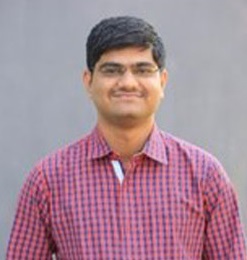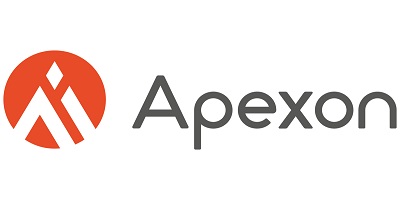Since the beginning of the pandemic, remote patient monitoring (RPM) has caught the attention of healthcare experts around the world. It affords practitioners a valuable channel through which to gather data on their patients, reducing the need for appointments or in-person check-ups. From monitoring the condition of the elderly and vulnerable, to assessing whether a course of treatment is having the desired impact, RPM takes us one step closer to democratizing healthcare as a resource and making care universal – without the associated strain on resources.
The number of individuals using remote monitoring devices in the US increased from 29.1 million in 2020, to 45.1 million in 2022. That number is expected to reach 70.6 million by 2025. The pandemic may have accelerated the uptake of such technology, but now that its benefits have been firmly established and recognized, any reversion to pre-pandemic care will feel like a step back for the industry. Technology only moves in one direction – forward.
This rapid growth isn’t due to the simple fact that more devices are being rolled out, but that RPM is getting smarter and use cases are multiplying. Thanks to advancements in artificial intelligence (AI) and the Internet of Things (IoT), a basic smartphone can be transformed into a health monitoring device that can relay vital data back to health professionals. For instance, many wearable patches or smart watches nowadays come equipped with fall detection. So, if a person falls while wearing one of these devices, it will recognize the movement and automatically trigger an alert. Such technology has the potential to save lives and revolutionize healthcare around the world. It can give every patient the attention they deserve without burdening already stretched resources with home visits and appointments.
Detecting Health Problems with the Artificial Intelligence of Things
Use cases for RPM have grown exponentially as technology and connectivity have evolved. We’re now seeing AI and IoT come together (AIoT) to offer practitioners and their patients more ways to share data and monitor health. For example, a healthcare organization recently developed a respiratory health model using the audio data of patients with respiratory issues. It then leveraged the microphone and accelerometer on patients’ smartphones via a dedicated app so it could run a spectral analysis and compare patients’ data to baselines in the model. This allowed the organization to set up real-time dashboards for patients with known respiratory issues, creating health profiles using data on heart rate, oxygen levels, body temperature and movement. Not only can this solution help save lives and pre-empt complications, but it also adds to the available pool of data practitioners work with and will help to hone future models.
Intelligent Patient Monitoring
Take a patient suffering from a chronic disease or another illness that is prone to complications. In many cases, the patient themselves may not be aware of these complications as they arise, and a doctor may only be able to start treating complications after they have already occurred. However, with RPM, vitals such as heart rate, oxygen levels and blood pressure – all tell-tale signs of complications arising – can be shared in real-time. This in and of itself isn’t new or revolutionary, but it does require manual study and assessment on behalf of the practitioner. Data can be gathered in real-time, but assessing that data and turning it into actionable intelligence that saves lives still requires human assessment and decision-making. This takes time and resources, which are often in short supply.
Thanks to the integration of AI and IoT with RPM, outcome predictions and risk assessments can be carried out through automated analytics, using previous cases and the patient’s own history as baselines for assessment. This results in an effective form of triage for practitioners that need to prioritize those most at risk. It also facilitates proactive intervention from practitioners to prevent the patient’s illness from progressing.
The data collected through RPM such as carbohydrate intake, insulin, and other metadata can be fed into a machine learning (ML) program to analyze and identify patterns and predict abnormal conditions. For instance, if a patient is observed to have taken high-carb food items, has high glucose reading, and has not done much physical activity, this can hint at a possible complication that could develop in the near future. AI can act as an assistant to a doctor to help not just in detecting potential complications but also in deciding the line of treatment with the health data.
Augmenting Healthcare with AIoT
The AIoT is a game-changing evolution in remote patient monitoring. From heart and respiratory monitoring to contactless screening and clinical trials, it offers clear benefits to practitioners in the diagnosis and treatment of illnesses, as well as the delivery of life-saving care. Future applications of such technology will only grow as connectivity and AI capabilities expand, giving the healthcare industry a holistic, automated and highly efficient vehicle through which to deliver care and treatment.


















